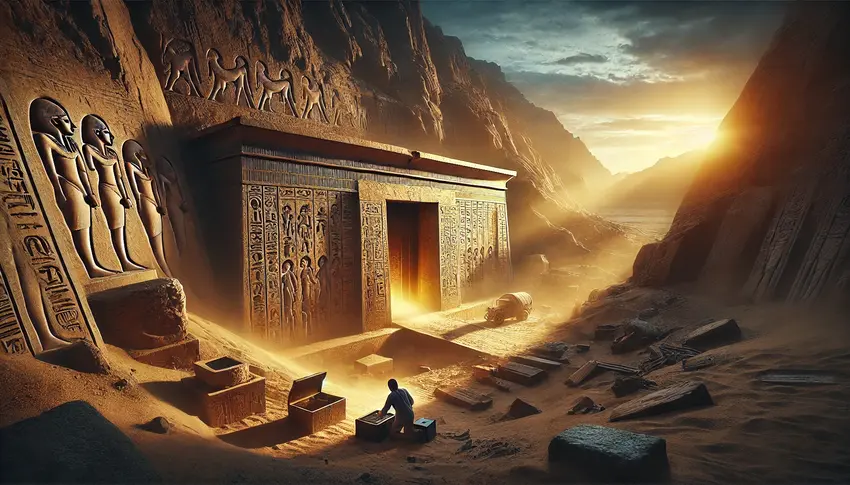Saturday, October 5, 2024 A groundbreaking archaeological discovery has been made in Upper Egypt, where a nearly 4,000-year-old tomb, belonging to a non-royal governor of Ancient Egypt, has revealed hidden secrets. The site, located in Western Assuit Mountain on the west bank of the Nile River, was originally the burial place of Djefaihapi, governor of Assuit during the reign of King Senusret I of the 12th dynasty. However, during the excavation, a second burial chamber was uncovered, revealing more about the governor’s family and a wealth of new insights into the burial practices and societal structure of the period.
This discovery, made in late 2023, has sent ripples through the archaeological community and offers a unique glimpse into the lives and beliefs of Egypt’s elite during the 12th dynasty, which spanned from 1991 BCE to 1902 BCE. Such breakthroughs are invaluable for understanding the history and culture of one of the world’s oldest civilizations. While the main tomb of Djefaihapi has long been known to scholars, this excavation took a surprising turn when archaeologists unearthed a second burial chamber, believed to have been the resting place of Djefaihapi’s daughter, Edi.
Buried at a depth of 15 meters, this chamber had been concealed for millennia and provided significant new information about the governor’s family. Although the tomb had been looted during ancient times, leaving Edi’s remains scattered and her canopic jars (which once contained her .


















